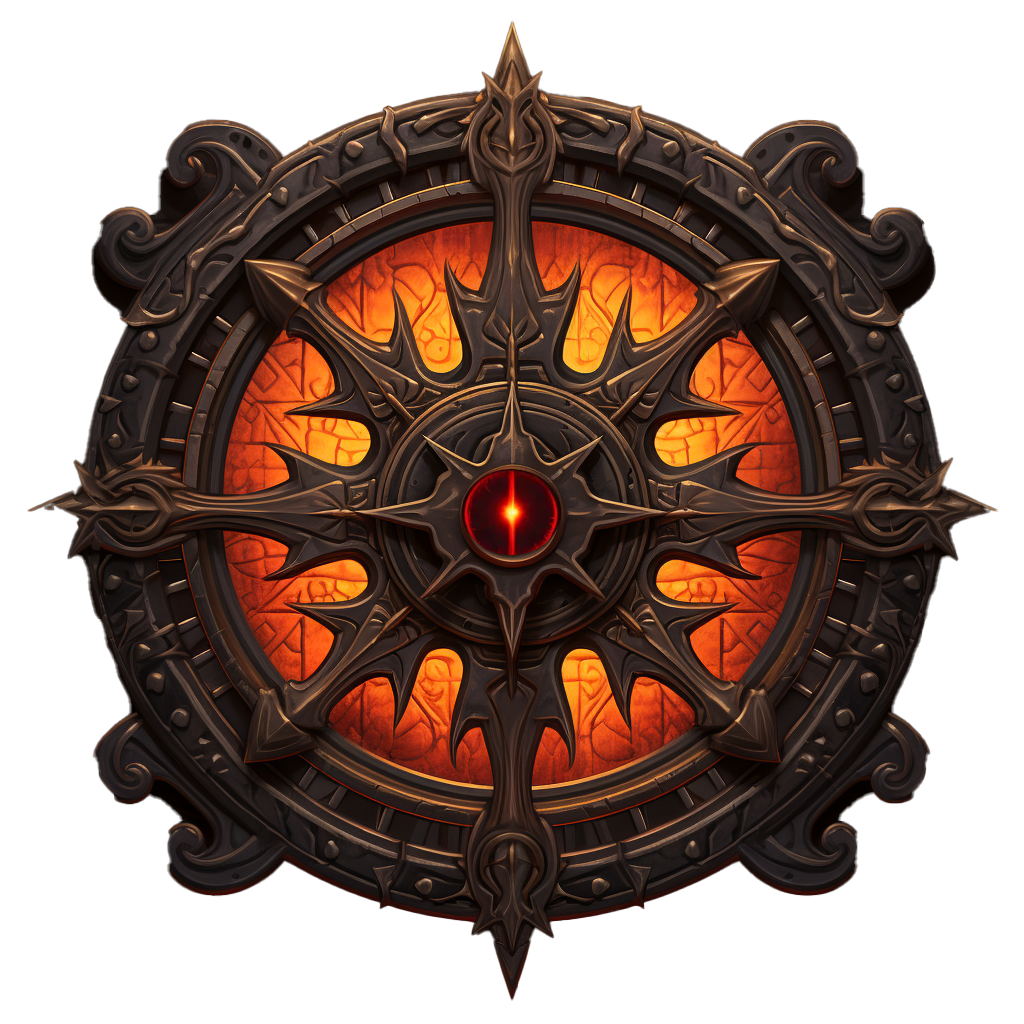Taking on deadly opponents is a routine for Geralt. Fortunately, there is no shortage of ways to bulk up your defense values for another tough encounter in The Witcher 3. Decoctions, potions and blade oils are all effective to increase protection, and yet make sure to obtain better equipment. However, you may be confused by in-game descriptions and bonuses from armor. How to know what’s important and what’s negligible? Higher armor rating does sound good, but how useful is it compared to the resistance percentage? Are they cumulative? Let’s find out.
Armor Rating in The Witcher 3
Armor rating is a flat value. It’s subtracted from the incoming damage: say, you’re hit for 50 and have armor rating of 15, then you’ll be damaged for 35. At the start of the game, it may be useful to keep your armor rating as high as possible. Enemies don’t dish out much damage, and you’ll get substantial reductions without having to calculate their damage type to provide corresponding resistances: armor rating affects every damage type, be it bludgeoning, slashing, monster damage, etc.
Resistance Values in The Witcher 3
Resistance is a percent reduction applied AFTER the armor rating, and only protecting against a particular type of damage, like piercing or slashing. If something hits you for 100 damage and you have 40 armor and 50% resistance against that kind of damage, you take (100 – 40) * 0.5 = 30 damage. As you progress, armor rating may become partially irrelevant: percentage is way more useful to protect Geralt against greater damage. On Blood and Broken Bones! difficulty, you’ll often take severe hits for 1 000+ damage, let alone the Death March! setting. Gear pieces with high resistance values can be life-saving in many combat situations. Make sure to evaluate all the pros and cons of equipping an armor piece that says it’s 50 points better than your current one: consider the resistance values stated in the description of the item to decide if it’s worth it.
Damage Types in The Witcher 3
- Slashing damage – mostly armed humans and non-humans
- Piercing damage – mostly armed humans and non-humans
- Bludgeoning damage – mostly armed humans and non-humans; also beasts with smashing attacks, like Golems.
- Monster damage – all kinds of beasts you encounter during travels. Usually, it’s rending damage from claws and teeth.
- Elemental damage – ghosts and wraiths. Note that high elemental resistance won’t help in a fight against Elementa enemies (Wild Hunt are a good example of such). To combat Elementa, you’ll probably need Bludgeoning, Monster and other resistances.
Maxing out Defense in The Witcher 3
Dodging is good, but you’re bound to make a mistake sooner or later. You’ll want to soak up as much damage as you can when it happens. Or, perhaps, you don’t want to roll around, and enjoy blocking attacks or tanking your enemies.
To max out your protection late-game, consider using heavy armor, like Ursine Grandmaster set: with it, you gain 44% Piercing resist, 30% Bludgeoning resist, 55% Slashing resist, 74% Monster resist, and 31% Elemental resist. This alone is impressive, and you can further increase your resistances by using Protective Coating from the Alchemy skill tree. This ability provides up to 25% resistance against the enemies your blade oil targets. You can go up to 99% (can’t reach 100% due to an in-game limitation).
Arachas decoction is also helpful when it comes to reaching the maximum resistance possible. It gives you overall damage resistance depending on your carry weight and load. Staying light will bring you up to 20%.
Use Quen for additional protection. It’s dependent on damage resistance and will take more hits with the right resists before breaking.
Heavy armor does provide significantly better protection against most types of damage, but bear in mind that medium and light equipment will accelerate your stamina regen or increase damage output. See for yourself which is more important for you: tanking enemies well, or bringing them down quickly, even if it’s risky.

